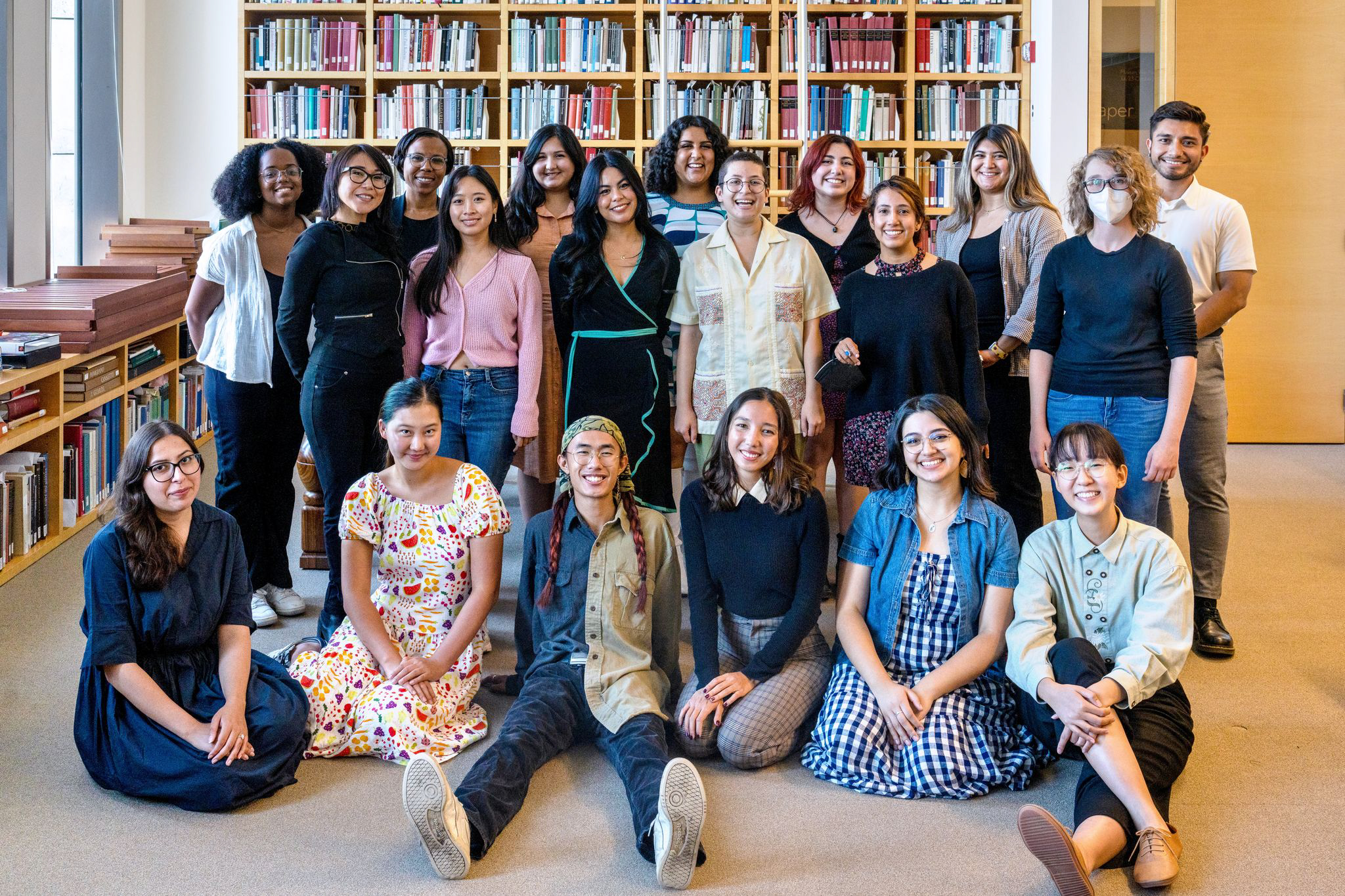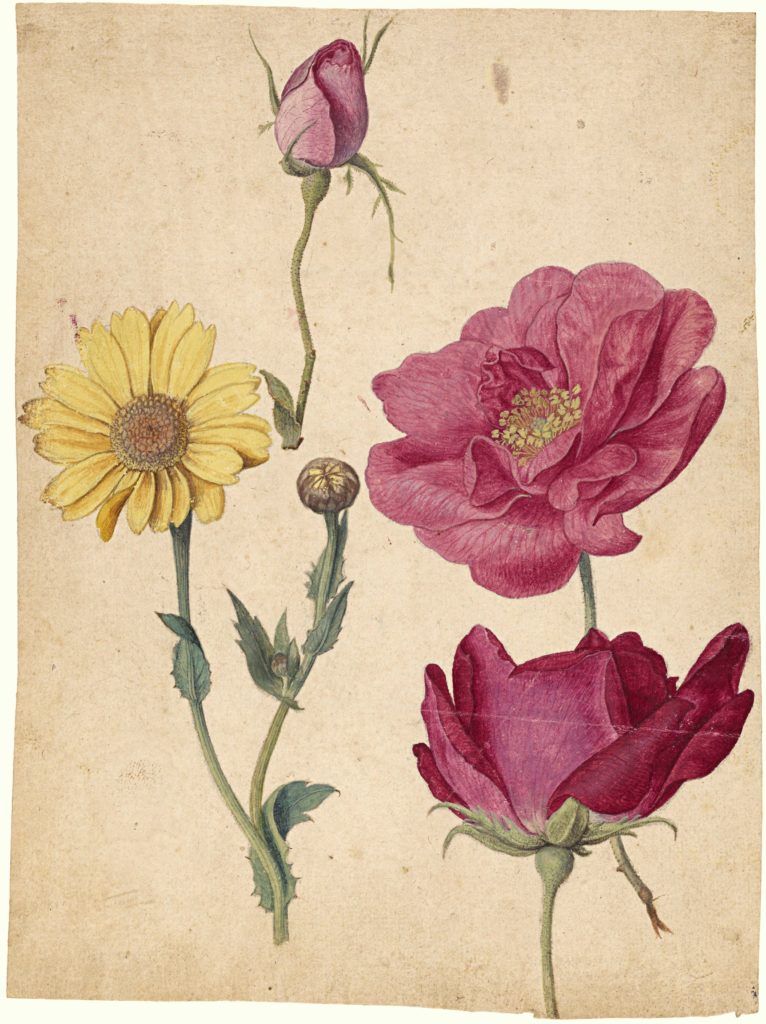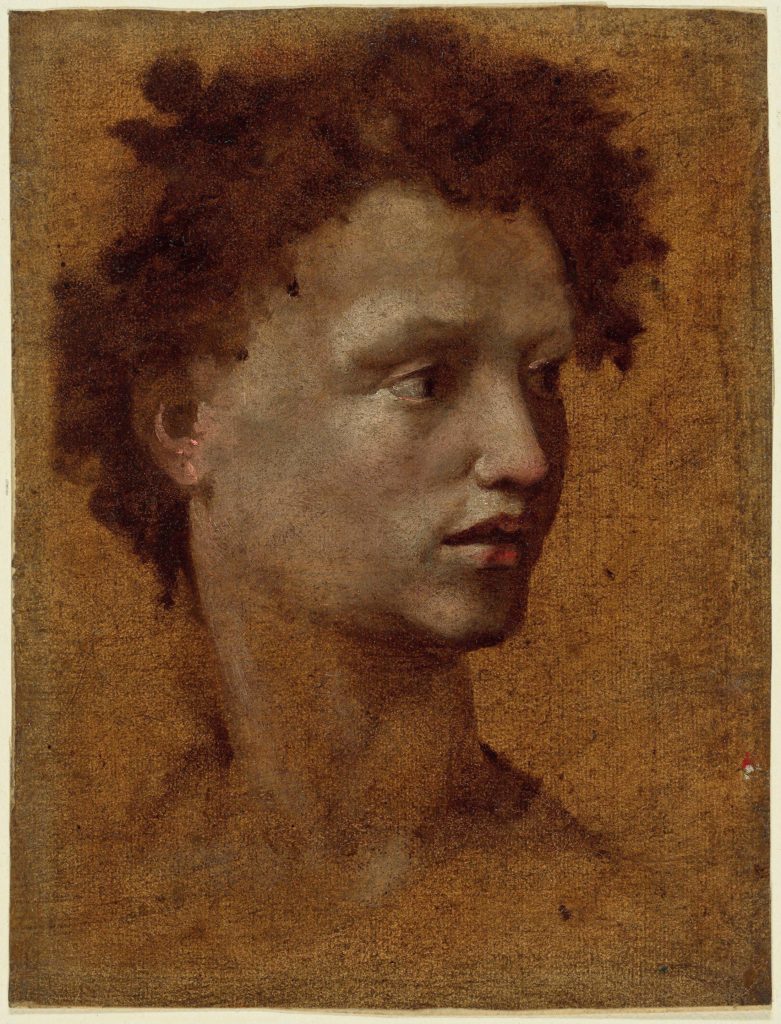Getty Center spotlights intern voices in captions for rarely-seen drawings exhibit

The 2022 cohort of Getty Marrow interns poses for a group photo. The students from Southern California colleges, including UCLA, are part of “Our Voices, Our Getty: Reflecting on Drawings,” the museum’s first exhibition to feature captions written by interns. (Courtesy of the J. Paul Getty Trust)
“Our Voices, Our Getty: Reflecting on Drawings”
The Getty Museum's West Pavilion
Feb. 7 to Apr. 30
By Leydi Cris Cobo Cordon
Feb. 9, 2023 9:52 p.m.
The Getty Center’s latest exhibit is drawing back the curtain on its interns’ stories.
The exhibition, titled “Our Voices, Our Getty: Reflecting on Drawings,” is the first exhibition at the Getty Center with captions written by interns as opposed to a curator. The Getty Marrow Undergraduate Internship program took place last summer, and the interns’ work is on display at the J. Paul Getty Museum’s West Pavilion until April 30. The exhibit showcases a collection of rarely-seen drawings spanning different time periods. Each intern wrote a personal reflection on one or two drawings, incorporating their own memories and interpretations in an effort to reflect the diverse community that the Getty Center serves, said fourth-year communication student Samantha Alexis Manuel.
“When people typically think of heirlooms, they think of very tangible things,” Manuel said. “But for me, for my cultural heritage, as someone who’s Filipino, a lot of what I see as an heirloom are the recipes that are passed down, the oral traditions, the stories of my family. What I see museums as is this harbor for those same heirlooms that we want people to inherit.”
As part of the Getty Marrow Undergraduate Internship, interns from various colleges in Southern California were assigned to work on a project for the summer, which is how Manuel became the exhibition coordinator for the “Our Voices, Our Getty: Reflecting on Drawings” exhibition, she said. The captions for the exhibition were not part of the internship’s requirements but instead an unexpected opportunity for this cohort of interns, she said.

[Related: Hammer Museum’s new exhibitions connect past, present through different art forms]
In bringing this exhibition to fruition, assistant curator of drawings Edina Adam said she wanted to create a project that a larger group of interns could work on, regardless of their background in art history. This is why Adam said she encouraged the interns to approach their captions from a personal lens rather than a historical one. Traditionally, these captions are written by the curator of an exhibition and take a more factual approach. However, Adam said this new form of storytelling made her look at the drawings from a newfound perspective.
“It was a good exercise to look at these drawings with people who had never seen them before,” Adam said. “They pointed out new details that I had never noticed before, and I was also struck by how courageous they were to share their very personal thoughts and ideas with me with my colleagues and also with our visitors as well.”
Manuel captioned two drawings: Jacques Le Moyne de Morgues’ “A Sheet of Studies with French Roses and an Oxeye Daisy” and Domenico Beccafumi’s “Head of a Youth.” For the former, which features watercolor magenta roses and yellow daisies in various stages of blooming, Manuel said she took a more personal approach to her reflection. In her caption, she said she recounted an anecdote of how roses are a manifestation of her grandmother, who died before she was born. The latter is a warm-toned oil portrait of a well-defined face looking off to the side, framed by an almost blurry neck and a head of short curls. Manuel said she took a more general approach, opting to write about how hair is like an honorable, ever-changing crown reflecting the personality of the person it adorns.
“We did not want people to typically look through the art historical canon,” Manuel said. “Oftentimes when you enter spaces like museums, you’re forced to think that way because you see museums as this voice of authority, but we want to make space for people to know … that there’s space for them to be reflected in a museum because cultural institutions should serve the public.”

[Related: Maker’s Medium: Harlan Goldman-Belsma shares his view of the world through pen drawings]
Fellow intern and alumnus Marie Tagudeña said the exploration of emotion was what compelled her to select Georges Seurat’s “Madame Seurat, the Artist’s Mother” – a crayon portrait of a loosely defined face enshrouded in a cloud of black haze, giving it a texture similar to TV static. She said the emphasis on the face’s somber gaze drew her to the artwork as she suspected that the artist had a strong connection with the subject. When reflecting on the experience of selecting a drawing, Tagudeña said seeing the pieces up close outside of the vault and glass enclosures allowed her to immerse herself in the art as she meticulously analyzed the details and artists’ techniques.
When composing her captions, Manuel said she chose to write and edit them by hand after having spent the viewing sessions jotting down her thoughts in her notebook. She said multiple interns were allowed to caption the same drawing, with each interpretation contributing to the exhibition’s purpose as a testament to the validity of the diverse ways the public interprets art.
“If we can start including more voices, more perspectives, museums can be even more helpful,” Manuel said. “Because as we change as an entirety, museums should change too.”


